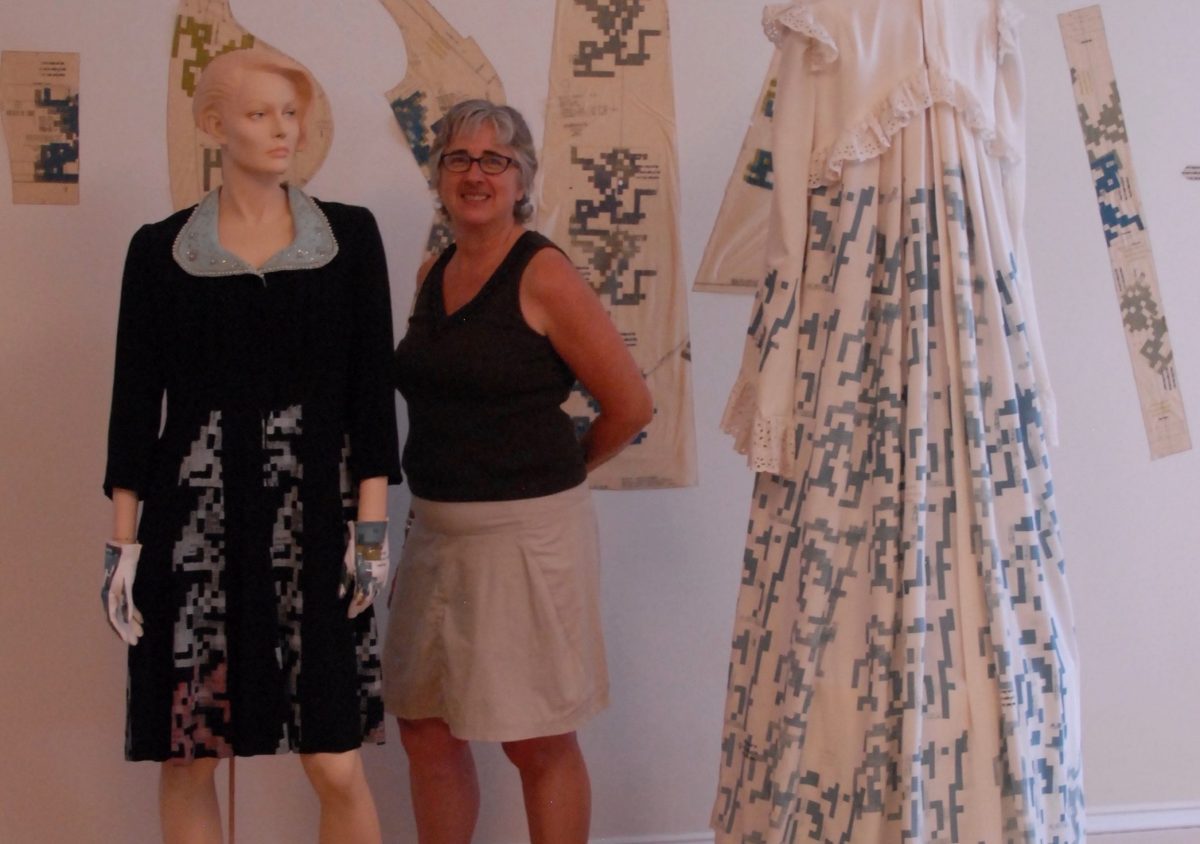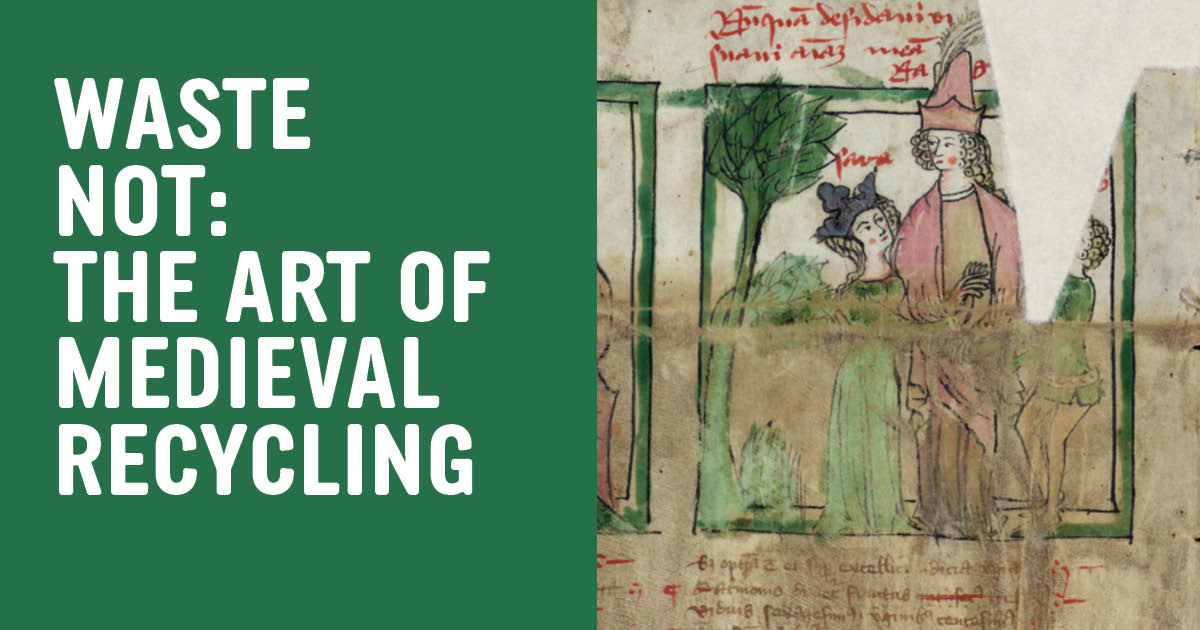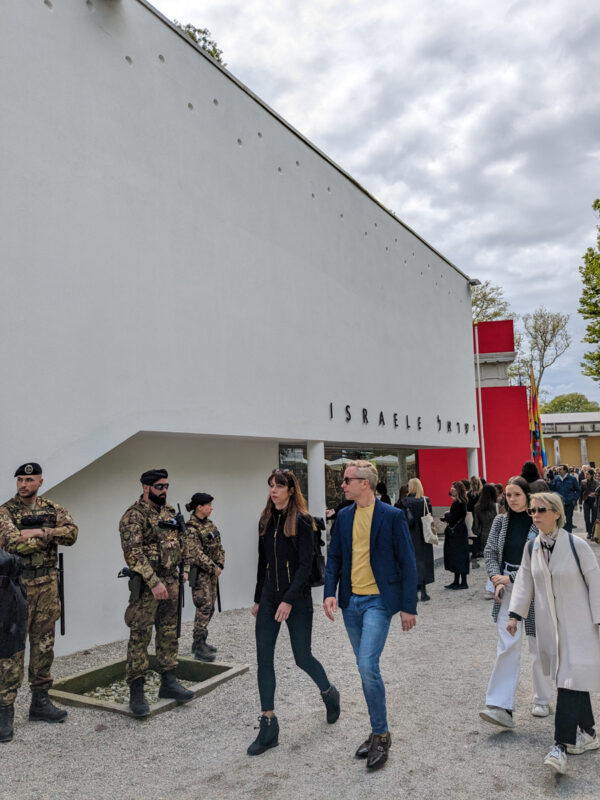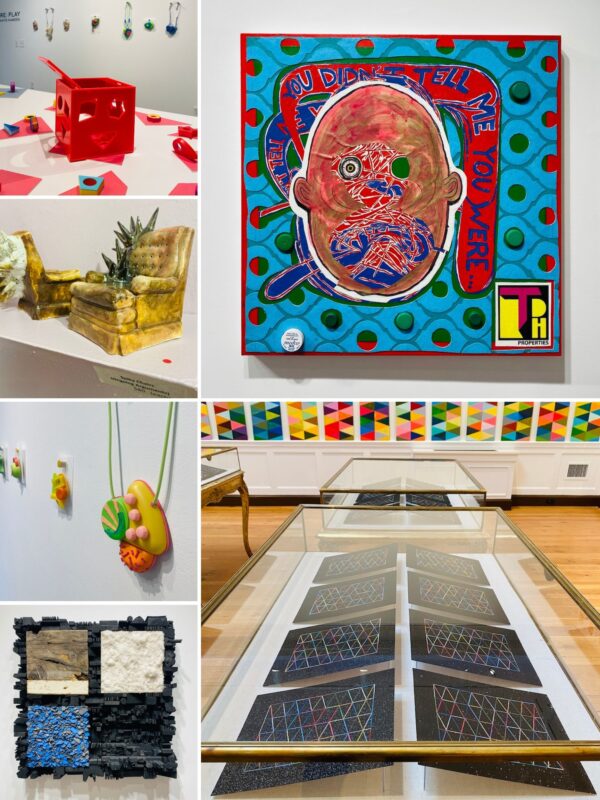The Art of Medieval Recycling at The Walters
By Maggie Foust
Medieval art encompasses a vast range of diverse mediums and extends across many countries. Within these different realms, it is an acknowledged fact amongst historians that craftspeople were reusing and repurposing materials to fit their specific needs.
Waste Not: The Art of Medieval Recycling, the Walters Art Museum’s latest exhibition curated by Lynley Anne Herbert, focuses on the intricacies that arise from the recycling of resources. The show, featuring more than 20 unique works from the Walters’ collection in gold, ivory, stone, glass, and parchment on view until September 18, explores the varied ways recycling was used in the
Medieval era, just recently discovered by curators and conservators.
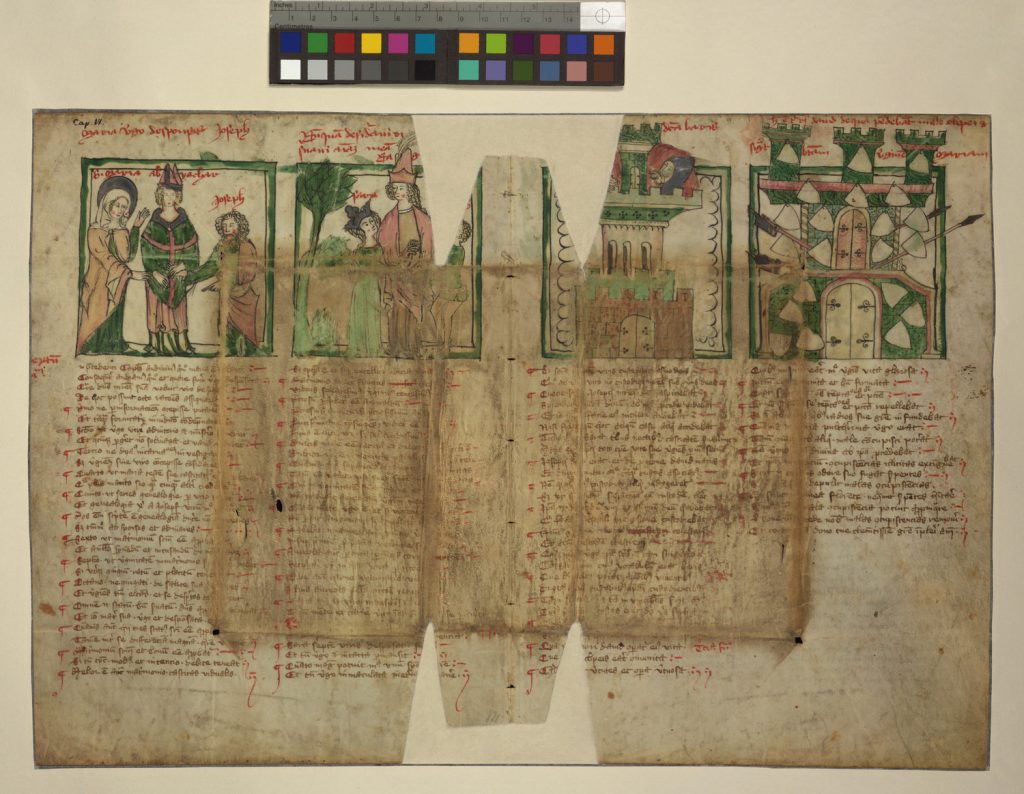
Recycling and reuse, a practice usually associated with the art of the current era, proves to have its roots in earlier cultures in this exhibition showcased in the Manuscript Gallery. These unique pieces have endured the passage of time and continue to tell their stories of use and re-use, today. Melted Roman glass was used to create vibrant color on a French cross fragment, and older parchment was reworked through a meticulous process of erasing ink in order to have enough pages to finish a new book. One particularly striking work, a belt fragment set with gold medallions of emperors past and present, illustrates how recycling was employed as a way of connecting oneself with the prestige of those who came before.
“I hope visitors will have a new appreciation for the rich histories behind Medieval objects, and the cleverness of the craftsmen who made and transformed them,” said Dr. Herbert, the Robert and Nancy Hall assistant curator of Rare Books and Manuscripts at the Walters.
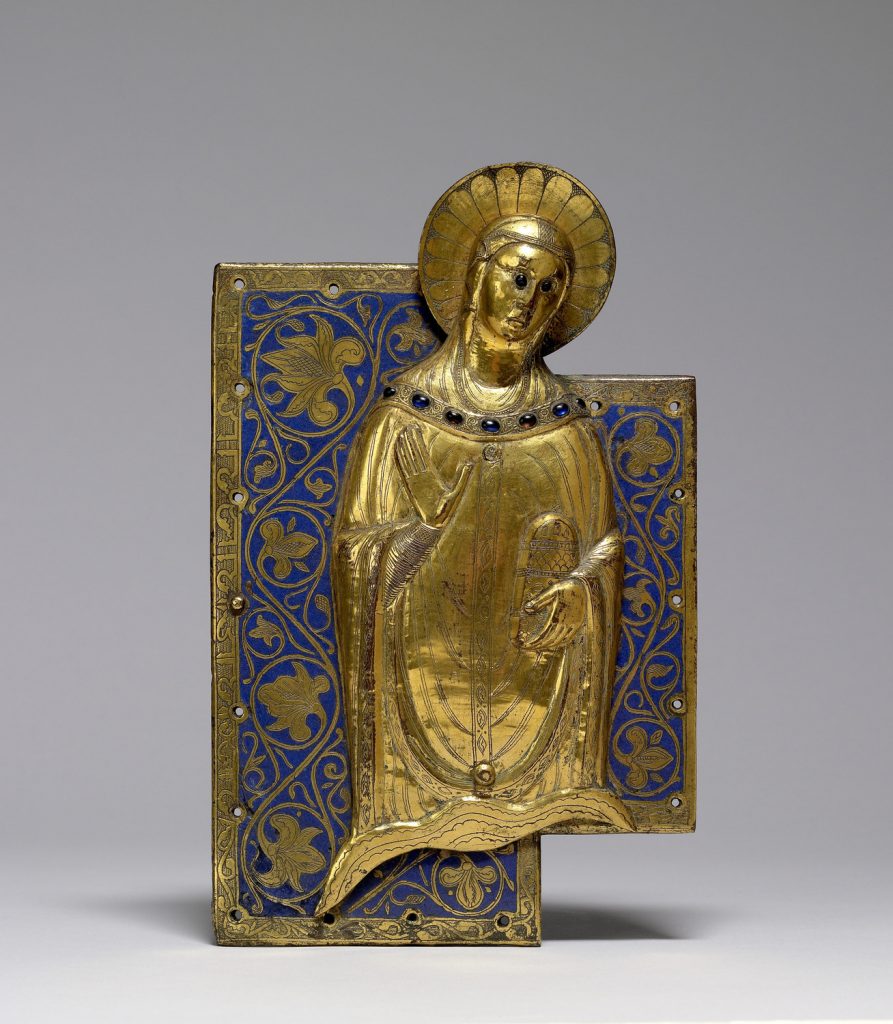
“I think everyone can relate to the concepts of reuse and recycling, so key in our modern world, and through this, exhibition visitors will discover how equally prevalent and important this was in the medieval era.”
The Walters’ exhibition sheds light on a side of medieval art history that visitors might not have known. From an early repurposed stone statue that was once Hercules to a Bible bound in manuscript leaf, Waste Not showcases how recycling spans through centuries.
*****
Author Maggie Foust is a Walters Art Museum Intern.
Learn more about the exhibit at thewalters.org.
